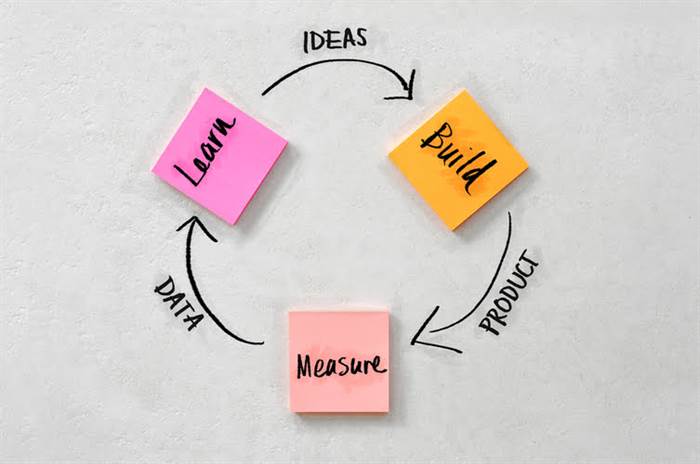Incredibuild integrates with both Jenkins and TeamCity to provide distributed processing technology, which speeds up the entire build process, from compilation to testing, packaging, and so on. TeamCity’s nodes scale to hundreds of cores, on-demand, whether by using on-premise idle CPUs you already own or by seamlessly provisioning additional cloud cores. Incredibuild essentially scales each of your build nodes to a super-computer node with hundreds of cores. With this huge number of on-demand cores, build nodes will compile—test, and run other build steps much faster.

The cloud plans come with three committers, 600GB of monthly data transfer, 120GB of storage, 24,000 build credits, and unlimited web users or viewers. Should you need more committers, TeamCity has a slider to help you calculate the total cost. You can buy 25,000 credits for $20, and whatever build credits you have can be spent as you please. As shown in the image below, TeamCity automatically detects the necessary commands or steps to execute. However, to tailor the configuration to our specific needs, click on ‘Configure build steps manually’ highlighted in blue on the right side.
New DevOps Tools to Watch in 2024
There are still more answers to ‘Why TeamCity.’ It supports the .Net framework and is an exceptionally reliable tool for freshers entering DevOps; you can run it on any OS of your choice. It has an in-built build artifact repository to store artifacts on the TeamCity server file system or external storage. The initial version of Jenkins was similar to any other open-source tool, complex to configure, and difficult to navigate. But the new version is easier to set up with a user-friendly interface.
Automated testing ensures that new changes do not introduce regressions or bugs, maintaining the application’s overall stability. Continuous deployment enables faster and more frequent releases, allowing organizations to rapidly deliver new features and updates to end users. In this session, we’ll talk about the importance of CI/CD for game development and difficulties automating the build and deployment process.
Best Python Debugging Tools for 2023
This choice is not simple, nor is it easy, as both solutions have unique features and benefits. If after reading this post you’re still in doubt, go ahead and give both solutions a try (you can use TeamCity’s free version). As great as this comparison might be, nothing beats creating a few builds on these platforms and experiencing the benefits (and weaknesses) teamcity cloud on your own. You also can’t visualize the stages a build has been deployed to. At best, you can create multiple build configurations to run custom deployment scripts against your build. You can still use it to create builds and perform other tasks while using BuildMaster’s automation and pipeline features to consolidate and control everything with a simple UI.
Once assigned, those team members will receive notifications to begin working. Other CI features include progress reporting to inform you when problems occur, flaky test detection, and adding data like screenshots, numeric values, links, logs, etc., to test results. DbForge DevOps Automation for SQL Server is a solution designed for the management and deployment of changes to a SQL Server database. To make getting set up easier, dbForge DevOps Automation includes plugins for Azure DevOps, TeamCity, Bamboo, and Jenkins automation servers.
Jenkins helps to automate all common tasks of CI including build, test and deploy tasks. Multiple combinations of workflows can be created with the help of limitless configuration scheme. The software industry has evolved drastically over the last few years to fulfill business needs.

Now, let’s explore how to connect the agent with the TeamCity server using Docker. If you return to the TeamCity UI and check the ‘Agents’ section, you’ll notice that we still have ‘0’ authorized agents but there is ‘1’ unauthorized agent visible. 27.This step is crucial because, after a successful build, it will automatically log in to the ‘Docker Registry’. Note that if you click on the ‘Advanced’ option, you will find the ‘Execute Step’ option. Keep in mind that you can push multiple images into the repository.
- Filtering is carried out through the filter file (.scflt) in which the filtering rules are set directly.
- In TeamCity an entrancing part is Its “Shrewd CI server”, which Means it may, therefore, checks work after submission, taking into account our settings.
- It allows you to build and check code and then run automated tests on the server before any changes are committed.
- The enterprise server license starts with three agents, which provides unlimited build configurations starting at $1,999.
- Now, go back to the ‘Agents’ section, and you will find one ‘Unauthorized Agent.’ Proceed to authorize it in the same way as we did in previous steps.
- Currently, the default OS versions are Ubuntu 20.04 and Windows 2019.
You can also buy additional build credits at a rate of 25,000 credits for $20. Yes, BuildMaster can automate both build (CI) and deployment processes (CD) and be a single tool for CI/CD that helps manage release and issues. TeamCity’s dashboard is browser-based and provides project status and reporting information for users. The dashboard contains much useful information, including build progress, history information of projects and configurations. In addition, the tool offers an option to run parallel builds simultaneously on different platforms and environments.
As per the current practices, teams make smaller but frequent changes in code as well as build, deploy and test in production environments. Unlike the traditional software development cycle, all development activities and changes are done in smaller chunks and deployed more frequently. This continuous integration makes it easy to identify the problems on time and fix it before it goes live. This practice increases stability of code and avoids unnecessary worry about release date.

